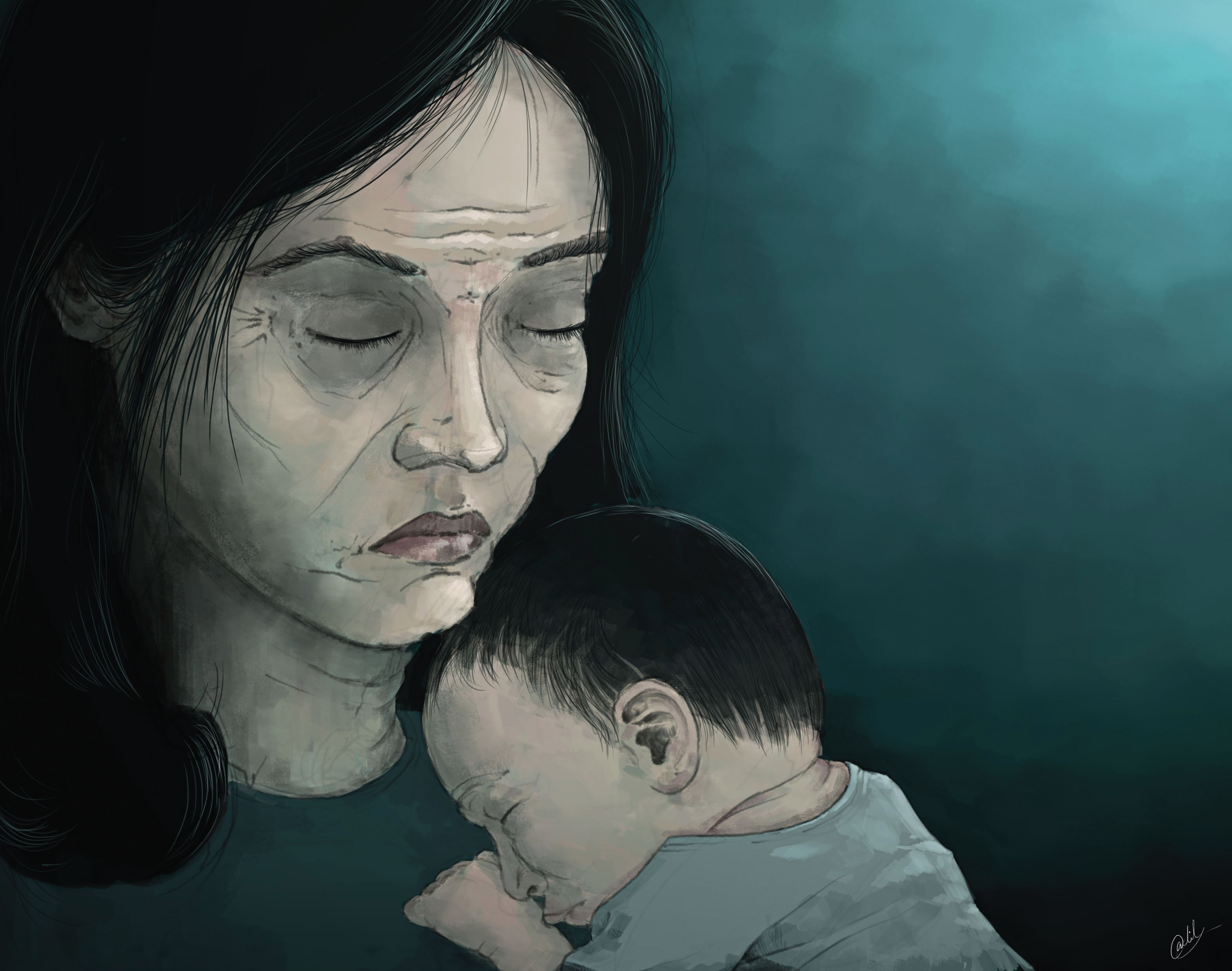As new research demonstrates how an artificially mutated a strain of avian influenza can spread in at unprecedented rates in ferrets — and possibly humans — scientists and public officials are debating whether the results are safe to publish, out of fears over bioterrorism.
Avian influenza, or bird flu, is a virus that affects birds, especially food-producing birds such as chickens and turkeys. The H5N1 strain of bird flu, which is highly pathogenic and can cause severe illness or death in birds, circulates through poultry populations in parts of Asia and northeast Africa.
But the virus can spread to humans. People who come into contact with infected birds, such as farmers who work with poultry or travellers who eat undercooked meat or eggs in affected countries, are at particular risk. The first reported case of H5N1 in humans was in Hong Kong in 1997. Since then there have been hundreds more cases. Indonesia has been hit the hardest, with 178 cases and 146 deaths.
Currently, the H5N1 virus does not spread easily between people. Despite the virus’s ability to stay alive in the environment for a long time, there have been only 570 cases of human infection worldwide, resulting in 335 deaths. However, it is believed that the new form of the virus, which can spread easily in ferrets (a mammal), would also be contagious in humans.
Ron Fouchier and his team mutated a strain of H5N1 influenza and introduced it into laboratory ferrets. Ferrets are considered to be the best model for human influenza infection, since they are susceptible to human strains of the flu virus and show similar symptoms. They collected a nasal wash from the infected ferrets and used it to inoculate other healthy ferrets. They found that three out of four ferrets became infected with the virus after just five mutations.
The announcement of the results sparked controversy among biosecurity experts, who believe the virus could be recreated and used in terrorist attacks. “It’s just a bad idea for scientists to turn a lethal virus into a lethal and highly contagious virus. And it’s a second bad idea for them to publish how they did it so others can copy it,” said Thomas Inglesby, director of the Center for Biosecurity at the University of Pittsburgh Medical Center.
The paper has not yet been published, although two similar papers have appeared in journals recently. Fouchier’s study has been submitted for review by the United States National Science Advisory Board for Biosecurity (NSABB). The NSABB provides guidance on “dual-use” research — experiments that are conducted for legitimate and beneficial reasons, but could also be dangerously misused.
John Steinbrunner, director of the Center for International and Security Studies at the University of Maryland, said the response shows that 10 years after the anthrax attacks in the United States, scientists still aren’t sure how to deal with sensitive biological research.
“We really do need to develop a better oversight process, and a better way of organizing global judgments about very, very dangerous lines of research,” he said.
Concern about the potential for an outbreak of avian flu has prompted the World Health Organization to select prototype H5N1 strains for development of a vaccine in case the virus becomes transmissible in humans. The United States Food and Drug Administration has approved and tested a bird flu vaccine. Health Canada does not have a vaccine, but suggests that anti-viral drugs may be able to prevent serious illness in people infected with the virus.


